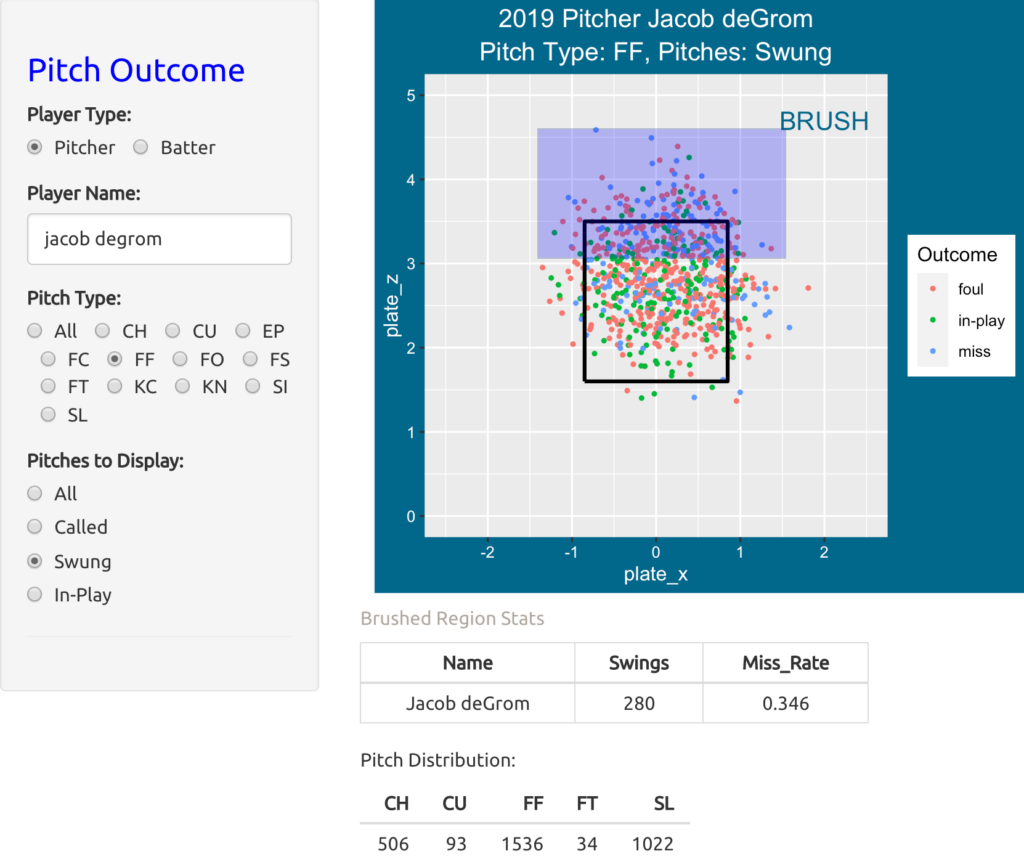Week 2: Modern Tools for Bayesian Statistics
Ian M -
This week, I dove deeper into the tools needed for Bayesian statistics, and a major part of my work involved setting up RMarkdown, my main method of data integration and typesetting for efficient data analysis. RMarkdown is a powerful tool that allows you to create documents that integrate code and output with standard writing. It is especially helpful for reproducible research, as it allows you to execute R code directly within the document and display the results easily.
To aid my analysis, I installed key packages like brms and rstan to handle the Bayesian modeling. brms is an R package that facilitates Bayesian regression modeling using Stan, a probabilistic programming language for statistical modeling. It provides a user-friendly interface to fit complex Bayesian models without needing to write the typical Stan code directly. rstan, on the other hand, is the R interface to Stan itself, providing access to the full power of Stan’s modeling capabilities. Together, these tools enable me to specify and fit a wide range of Bayesian models with ease and flexibility.
Setting up RMarkdown with the required packages was relatively straightforward. I started by ensuring that I had R and RStudio installed, and then installed RMarkdown through the RStudio interface. Once that was set up, I loaded the necessary packages for Bayesian analysis, most importantly brms and rstan, as well as other miscellaneous packages specific to certain types of Bayesian modeling. These packages work together to facilitate the estimation of Bayesian models, making it easy to specify and interpret complex data relationships common to the game of baseball.

A critical part of this process was also setting up MikTeX. MikTeX is a LaTeX distribution that enables RMarkdown to generate high-quality PDFs and compile LaTeX code, which is especially useful for creating polished reports with mathematical notation. I installed MikTeX to ensure that my RMarkdown documents could render with proper support for LaTeX code. After installing MikTeX, I configured it within RStudio by linking it to the application, ensuring everything was ready for generating reports and models.
Overall, this week’s setup of RMarkdown and MikTeX, along with the brms and rstan packages, laid a strong foundation for my Bayesian analysis project moving forward. These tools will greatly enhance the analysis and visualization of my statistical models in upcoming weeks.

Comments:
All viewpoints are welcome but profane, threatening, disrespectful, or harassing comments will not be tolerated and are subject to moderation up to, and including, full deletion.